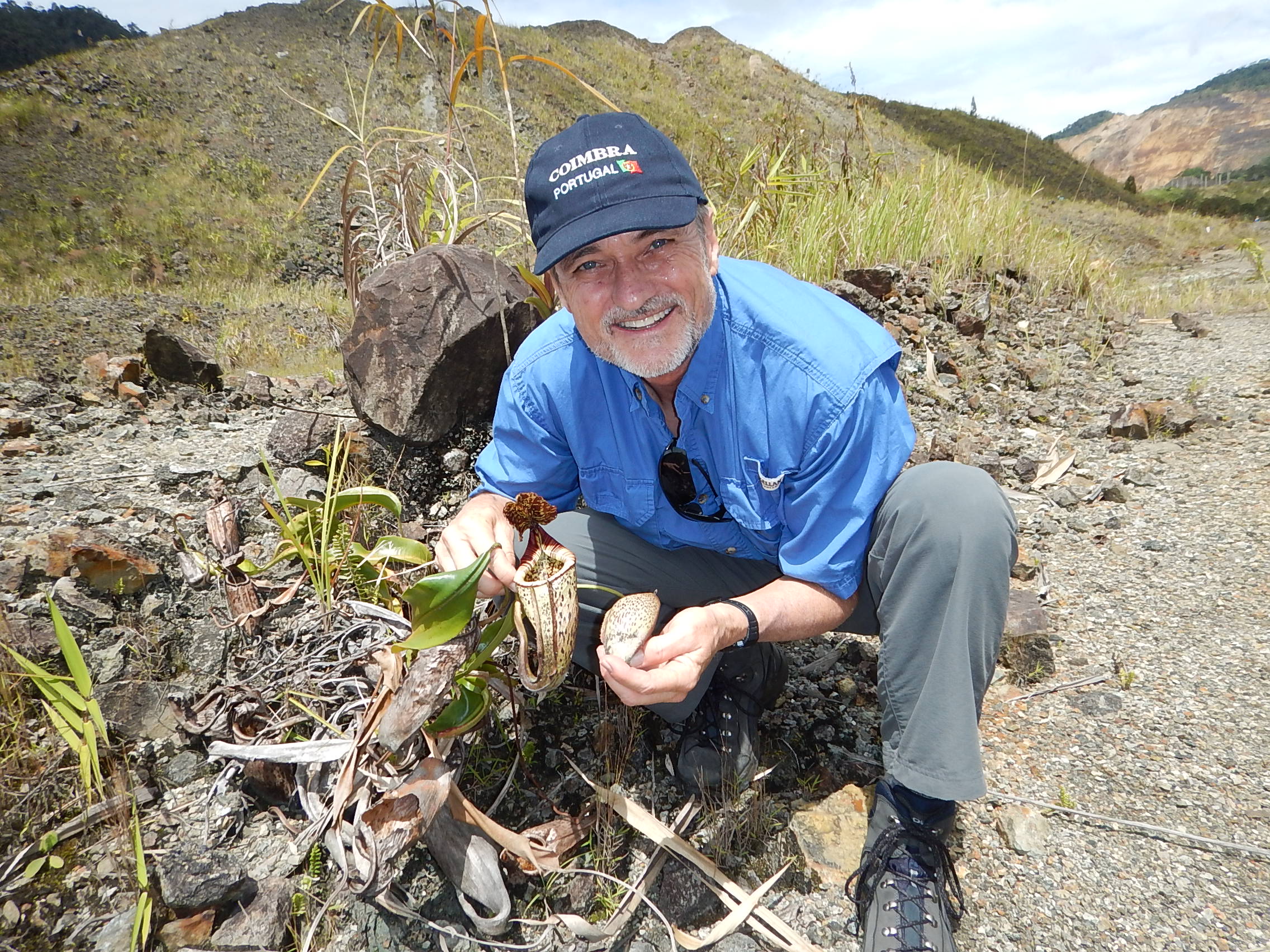Study ranks Boyd in top two percent of scientists in his field
For Bob Boyd, being rated in the top two percent of scientists in the field of plant ecology in the entire world is just another reason for him to say War Eagle!
Boyd, known throughout Auburn University for his positive attitude, selfies with Aubie, and Easter eggs hidden in his classroom presentations, has dedicated 33 years of his life and his career to science.
Now, he is ranked in the top two percent of scientists in the field of plant ecology, based on citations of his published work (comprising over 100 articles) in scientific journals. A standardized metric that compared scientists across all disciplines was recently published in the journal PLOS BIOLOGY. In the database, more than 100,000 researchers from across the globe were compared based on their citation metrics and then ranked into their field and subfield of scientific research. In the subfield of his research specialty, plant ecology, Boyd’s citation metrics landed him among the top two percent of scientists in plant ecology.
Boyd is beloved for his passion for teaching, dedication to plants and desire to educate everyone he can about plant blindness.
As an Alumni Professor in the Department of Biological Sciences, he led students in the Auburn University Society for Conservation Biology in swamp walks in Tuskegee National Forest and exploring Alabama’s Cathedral Caverns among many other exciting outdoor excursions to increase awareness of conservation of the biological resources in the state of Alabama. And his keen interest in the management of rare Southeastern U.S. plant species helps him continually share new plant findings and inspire students to gain hands-on experience in the field.
Boyd’s internationally recognized research focuses on the ecology of metal hyperaccumulation by plants, specifically plants that grow in serpentine soils. These plants, that can survive in challenging soils and harsh environments, took him to the West Coast where he became best known for a bug. In 2001, he and his team of students were in California collecting insects from a nickel hyperaccumulator plant (Milkwort Jewelflower) and found a new insect species that specialized in feeding on that plant. This little green bug was officially named in honor of Boyd with the scientific name, Melanotrichus boydi.
Likewise, in his office in the College of Sciences and Mathematics (COSAM), trophies and plaques show the honors to his career. As examples, in 2012 he was recognized on-field at a home football game attended by members of his family by the Auburn Alumni Association for the Alumni Undergraduate Teaching Excellence Award. In 2017, he received Auburn’s Gerald and Emily Leischuck Endowed Presidential Award for Excellence in Teaching, the University’s most prestigious teaching award.
In 2019, Boyd left the classroom full-time to help shape academics in the college. As COSAM’s Associate Dean for Academic Affairs, Boyd helps students and faculty throughout the college’s five departments and through his oversight of the Office of Student Services.
However, Boyd is not likely to act any different now that he holds another prestigious honor.
When you see him in the Sciences Center Classrooms building, he is likely to greet you with a robust War Eagle and a wave. And, when anyone needs a helping hand or kind word, Boyd isn’t just a superhero in the scientific world; he is one of the kindest and most caring professors in all of Auburn University, and just maybe the world.
Learn more about the researchers in the top two percent and view the data.
Latest Headlines
-
06/17/2024
-
06/07/2024
-
05/31/2024
-
05/28/2024
-
05/28/2024




